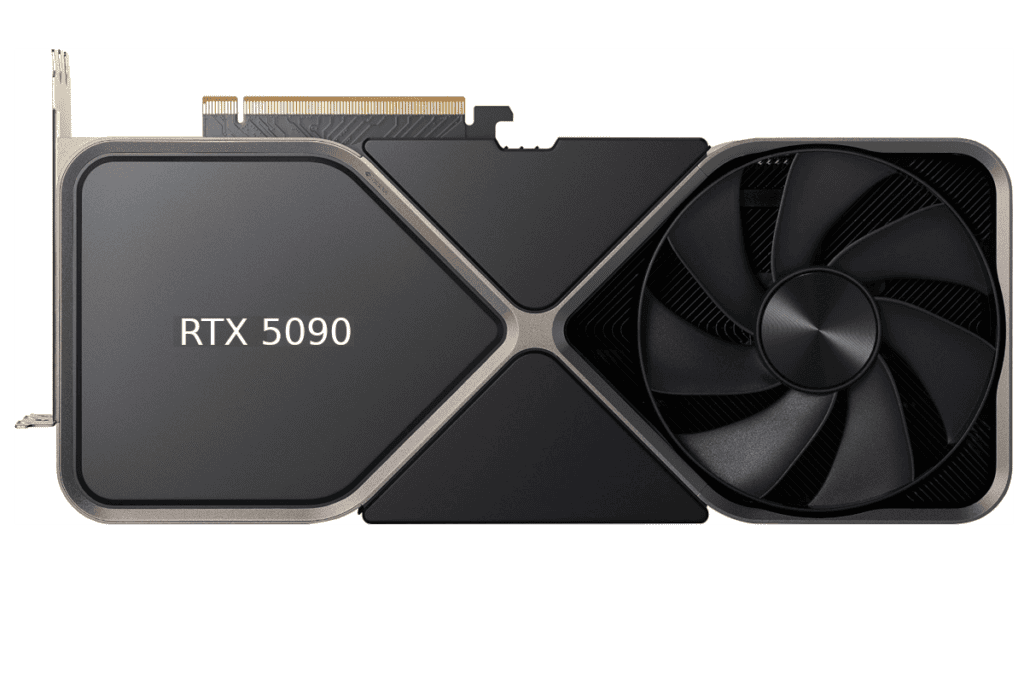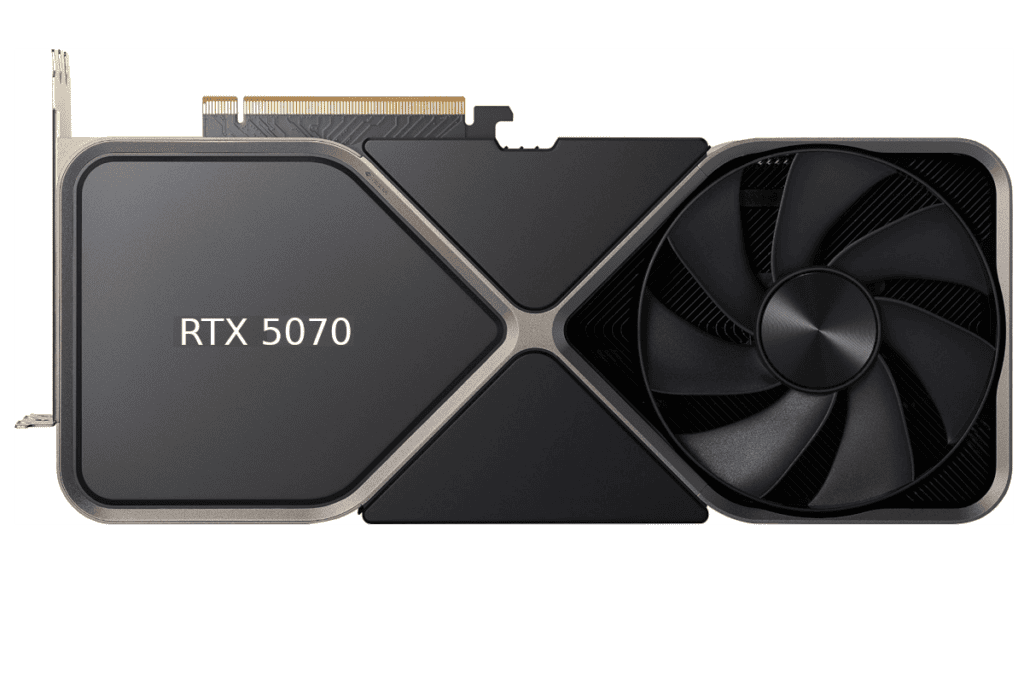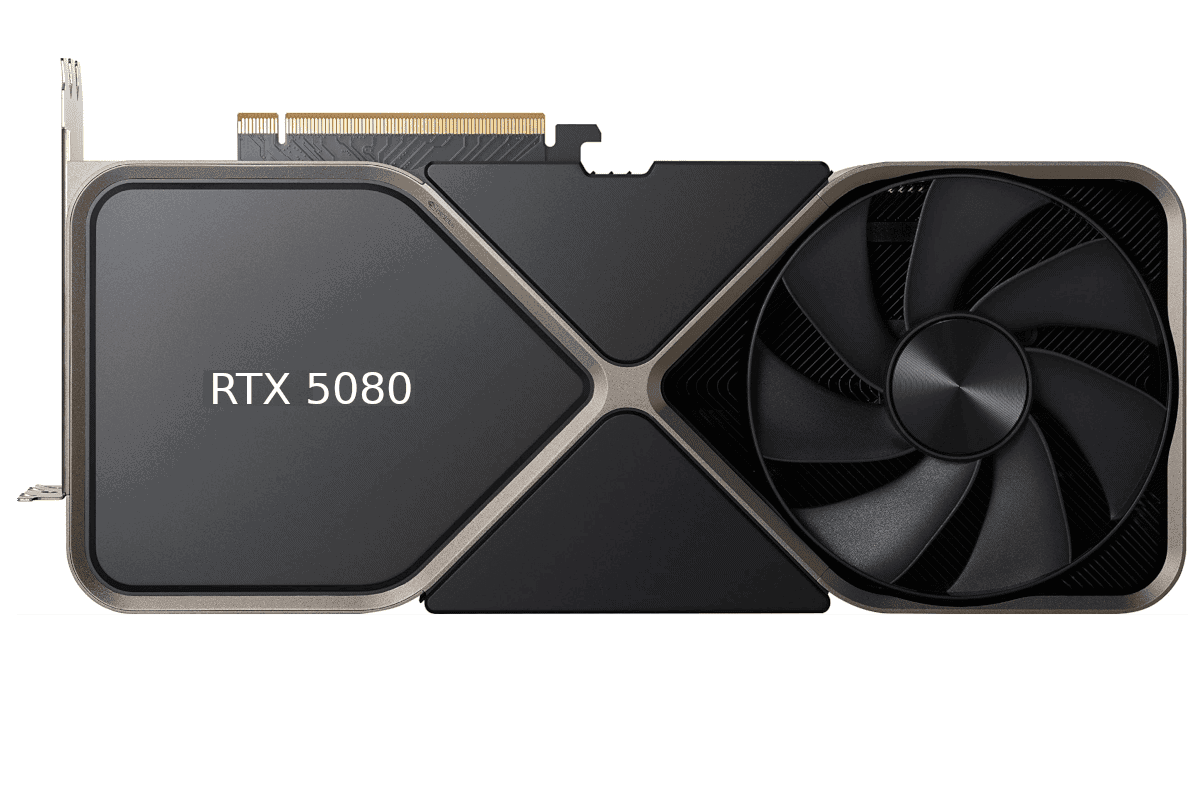Nvidia is creating a lot of excitement in the tech world as it prepares to unveil its next-generation graphics card lineup, the RTX 5000 series. There’s a lot of anticipation and speculation about the release date and specifications of the flagship RTX 5090. Rumors and leaks about NVIDIA’s next-generation GeForce RTX 5000 series GPUs are everywhere, even though there aren’t many official details yet.
The leaks suggest that this new lineup will be very powerful, with big performance improvements, new features, and possibly higher power requirements. This article summarizes the most recent updates and rumors giving us a peek into the future of PC gaming. Remember, though, that these are just unconfirmed speculations, and we’re all waiting eagerly for solid information from NVIDIA.There’s real excitement building about the Nvidia GeForce RTX 5000 series, especially with the potential of the RTX 5090 making a big impact in the graphics card world.

People who love gaming and new technology are keeping a close eye on the latest news. The expected specs, power needs, and innovative designs look very promising. As we get closer to any potential release dates and more leaks come out, the tech community is staying alert and hopeful. Whether the RTX 5000 series lives up to the hype will depend on its actual launch. Until then, Nvidia fans and gamers are advised to stay tuned for updates and keep an eye out for the possibility of a new era in gaming performance.
Latest Rumors On RTX 5000
While NVIDIA hasn’t officially unveiled its next-gen GPUs, the rumor mill is abuzz with potential specs and features for the highly anticipated RTX 5000 series. Here’s what’s making waves:
Performance Leaps & Bounds
- Blackwell Architecture: The RTX 5000 series is expected to be based on the new Blackwell architecture, promising significant performance improvements over the current Ada Lovelace architecture in the RTX 4000 series.
- Massive Power Increase: Early rumors suggest the flagship RTX 5090 could deliver up to twice the performance of the RTX 4090. However, recent reports also indicate that power consumption might be higher than initially anticipated.
- GDDR7 Memory: It’s widely speculated that most GPUs in the series will utilize the latest GDDR7 memory, offering a substantial boost in memory bandwidth compared to the current GDDR6X.
Next-Gen Connectivity and Features
- PCIe 5.0 Support: The Blackwell GPUs are rumored to fully leverage the blazing-fast data transfer speeds of PCIe 5.0, ensuring they’re not bottlenecked by older interfaces.
- DisplayPort 2.1 Compatibility: Expect the RTX 5000 series to support DisplayPort 2.1, enabling higher resolutions, refresh rates, and bandwidth for the ultimate visual experience.
- DLSS 4: The next iteration of NVIDIA’s AI-powered upscaling technology is rumored to debut alongside the RTX 5000 series, potentially offering even greater performance gains and image quality improvements than DLSS 3.
NVIDIA GeForce RTX 5000 Series Breakdown
Release Timeline
- Initial expectations were for a late 2024 launch, but recent leaks hint at a potential delay.
- Current predictions suggest an unveiling at CES 2025, pushing the actual release further into the year.
- Gamers and tech enthusiasts might have to wait a bit longer than anticipated for the next-gen GPUs.
- Possible Delays: While initial rumors pointed to a late 2024 or early 2025 release, recent reports suggest potential delays due to design changes aimed at improving GPU chip yields.
- Premium Pricing: As with every new generation, expect the RTX 5000 series to come with a premium price tag, especially for the higher-end models.
Expected Performance
- Early benchmarks are promising, suggesting substantial gains over the RTX 4000 series.
- The flagship RTX 5090 is rumored to be up to 1.7 times faster than its predecessor, the RTX 4090.
- These performance boosts could bring significant improvements to ray tracing, AI-powered features, and overall gaming experiences.
Power Consumption and Requirements
- The 5000 series may demand more power, impacting power supply choices.
- The RTX 5090 is speculated to require a minimum 500W power supply, potentially exceeding even the power-hungry RTX 4090.
- Enthusiasts looking to upgrade should factor in the potential for increased power needs.
New Features and Technologies
- Support for PCIe 5.0 and DisplayPort 2.1 is expected, allowing for faster data transfer and higher display capabilities.
- Higher bandwidth GDDR7 memory is rumored for at least some models, further enhancing performance.
- A potential shift to Multi-Chip Module (MCM) design for high-end GPUs could bring further performance and scalability benefits.
Current Status and Uncertainties
- These are still primarily rumors and leaks; NVIDIA has not officially confirmed any details about the 5000 series.
- Specifications, release dates, and features remain subject to change until official announcements are made.
- Enthusiasts should approach the current information with cautious optimism and stay tuned for updates from NVIDIA.

Rumored NVIDIA GeForce RTX 5000 Series Specs
| Model | Code Name | Architecture | Process Node | Memory | Memory Bus Width | Memory Bandwidth | CUDA Cores | Boost Clock | TDP | PCIe Support | DisplayPort Support |
|---|---|---|---|---|---|---|---|---|---|---|---|
| RTX 5090 | GB202 | Blackwell | TSMC 4N | 36GB or 24GB GDDR7 | 512-bit | 1,536 GB/s | 24,576 | 2.9 GHz | 500W | PCIe 5.0 x16 | DisplayPort 2.1 |
| RTX 5080 | GB203 | Blackwell | TSMC 4N | ~12GB to 18GB GDDR7 | 256-bit | – | – | – | 350W | PCIe 5.0 x16 | DisplayPort 2.1 |
| RTX 5070 | GB205 | Blackwell | TSMC 4N | – | 192-bit | – | – | – | 220W | PCIe 5.0 x16 | DisplayPort 2.1 |
| RTX 5060 | GB206 | Blackwell | TSMC 4N | – | 128-bit | – | – | – | 170W | PCIe 5.0 x16 | DisplayPort 2.1 |
| RTX 5050 | GB207 | Blackwell | TSMC 4N | – | 128-bit | – | – | – | 100W | PCIe 5.0 x16 | DisplayPort 2.1 |
Short Summary:
- The Nvidia RTX 5090 is expected as the premier offering of the Blackwell series.
- Rumors indicate a potential release in late 2024 or early 2025, alongside the RTX 5080.
- Impressive upgrades in specifications and performance are anticipated, including GDDR7 memory and increased CUDA cores.
The Nvidia GeForce RTX 5000 series has been a hot topic among tech enthusiasts for more than a year, particularly with its flagship model, the RTX 5090. Nvidia’s previous generation, the RTX 4090, received acclaim and high praise, creating considerable expectations for the upcoming flagship graphics card. With Nvidia’s Lovelace architecture already proving popular despite mixed reviews regarding performance and pricing, the pressure is on for the RTX 5090 to deliver in both areas.
With numerous rumors and speculation circulating about Nvidia’s release strategy for the 5000 series, let’s delve into the most recent updates regarding the features, specifications, and possible release dates of the RTX 5090 and its younger sibling, the RTX 5080.
Nvidia RTX 5000 Series: Overview
So what exactly are we looking at with the Nvidia RTX 5000 series? This upcoming range of graphics cards is internally referred to as “Blackwell,” named after the renowned mathematician, David Blackwell. The Blackwell architecture is set to introduce several enhancements over the existing Ada Lovelace architecture, including:
- Advanced Memory: High-bandwidth GDDR7 memory is expected, doubling the speed seen in the previous generation.
- Powerful Specifications: Increase in core counts, clock speeds, and memory bandwidth, promising substantial performance gains.
- Innovative Design: There are hints of a potential multi-chip module (MCM) design, though it’s unclear how widespread this will be across the series.
- Next-Gen Connectivity: Introduction of PCIe 5.0 and DisplayPort 2.1 support.
Nvidia RTX 5090: Key Specifications
Among the most talked-about offerings is the Nvidia RTX 5090, which is purported to exhibit a substantial leap in performance. A leaked spec sheet from a credible source has unveiled some impressive figures:
RTX 4090 vs. RTX 5090 Specifications:
- Streaming Multiprocessors: 128 vs. 192
- CUDA Cores: 16,384 vs. 24,576
- Ray Tracing Cores: 128 vs. 192
- Tensor Cores: 512 vs. 768
- Boost Clock Speed: 2.52 GHz vs. 2.9 GHz
- L2 Cache: 72MB vs. 128MB
- Memory Bandwidth: 1,008 GB/s vs. 1,532 GB/s
If these rumors hold true, the RTX 5090 may deliver up to 70% increased performance when compared to its predecessor, the RTX 4090. The increase in core counts alone could yield profound improvements in performance and efficiency.
Release Dates: When Can We Expect the RTX 5000 Series?
Although Nvidia remains tight-lipped regarding official release dates, rumors suggest a timeframe of late 2024 to early 2025 for the announcement and release of the RTX 5000 series. Industry insiders speculate that the RTX 5080 will likely hit the market first, with the flagship RTX 5090 following shortly thereafter.
This aligns with Nvidia’s historical release patterns, which typically adhere to an 18 to 24-month cycle. Notably, recent reports indicate that Nvidia may reveal both models at the Consumer Electronics Show (CES) in January 2025. Major hardware partners, including MSI and Gigabyte, have hinted at an October to December launch window for the entire series.
Power and Efficiency: What to Expect
Another key consideration with the RTX 5000 series is how efficient these new GPUs will be. Current trends suggest that the Blackwell series will require increased power to sustain advanced performance levels. The rumored TDP (thermal design power) estimates hint at a significant rise compared to previous models.
“The RTX 5090 may require upwards of 50 watts more than the RTX 4090, with all boards expected to be fitted with 16-pin power connectors,” noted industry analyst and frequent leaker @kopite7kimi.
This increase in power requirements underscores the importance of ensuring that your power supply can handle the demands of the new generation of GPUs. High-performance gaming rigs may need a power supply upgrade when these cards hit the market.
Innovative Design Choices
In a potential shift for Nvidia, the company may be introducing MCM (Multi-Chip Module) designs for selected high-end models in the RTX 5000 series. This contrasts with Nvidia’s conventional monolithic chip designs, which have characterized their GPUs for years. If implemented, an MCM structure could allow Nvidia to increase specs like the total number of CUDA cores without the same constraints present in traditional architectures.
The leaker Kopite7kimi remarked, “If Nvidia successfully integrates MCM into their flagship GPUs, it could set a new standard in terms of scalability and performance.” While it remains uncertain which specific SKUs will adopt this innovative approach, it has created a buzz within the tech community.
What the Community Is Saying
As rumors continue to circulate, the community’s reaction has ranged from excitement to skepticism. Some gamers are concerned about potential price hikes and availability issues reminiscent of previous GPU launches.
“Given the inflated prices of RTX 4000-series GPUs, we hope that Nvidia can avoid further price escalations with the 5000 series,” expressed an enthusiastic yet cautious gamer.
Pricing speculation varies, but many industry insiders anticipate the RTX 5090 will retain or slightly exceed the previous generation’s launch price of $1,599. Fortunate buyers may find better availability upon release than previous launches, thanks to improvements in supply chain management and the alleviation of the global chip shortage.
A Word of Caution
It’s crucial to remember that these are still just rumors and leaks. NVIDIA has not officially confirmed any of these details, and the final specifications and features of the RTX 5000 series could differ.
However, if these rumors prove true, the RTX 5000 series could usher in a new era of PC gaming with unprecedented performance and visual fidelity. Stay tuned for official announcements from NVIDIA, and keep your expectations high for what the future holds.







